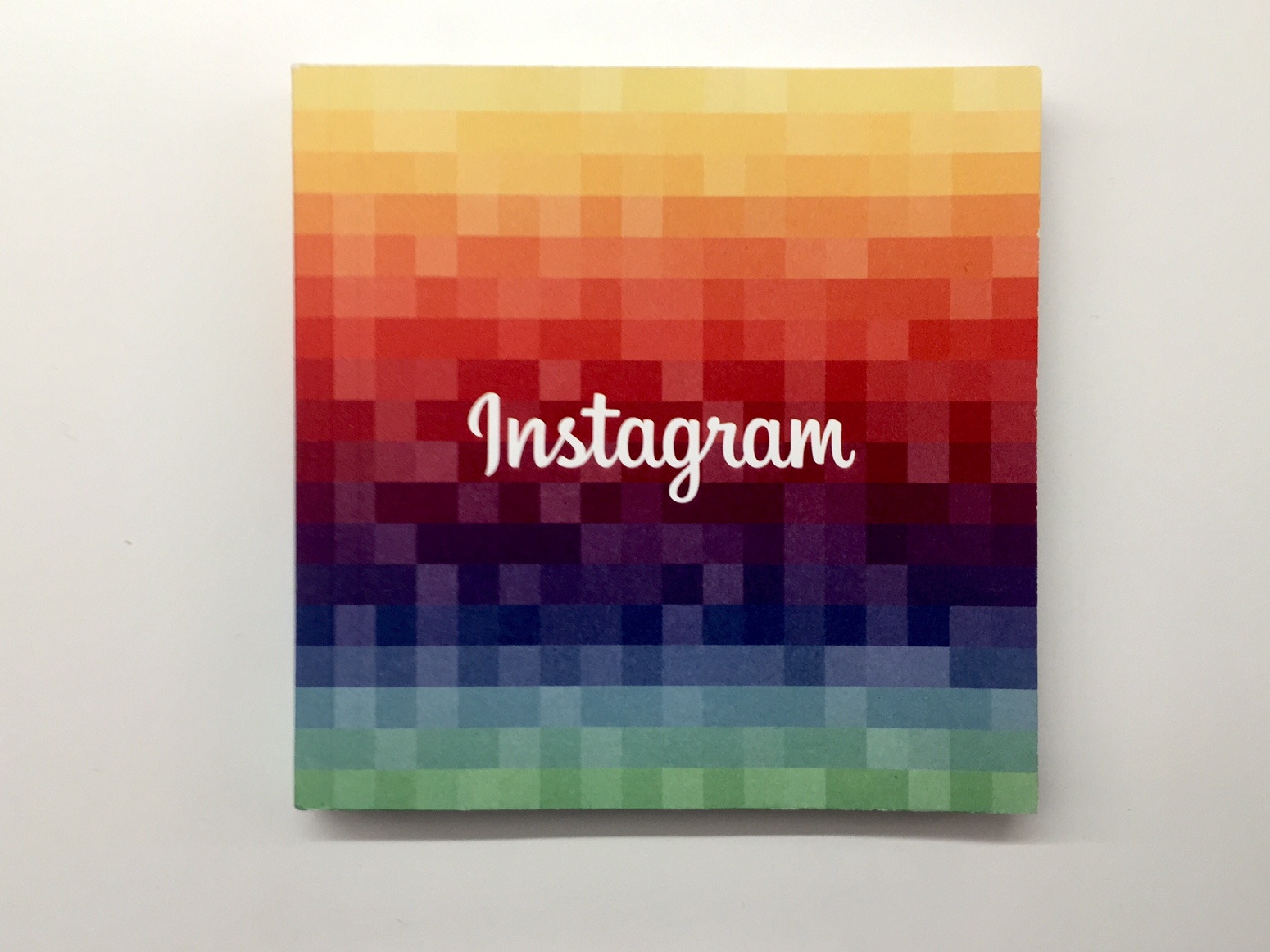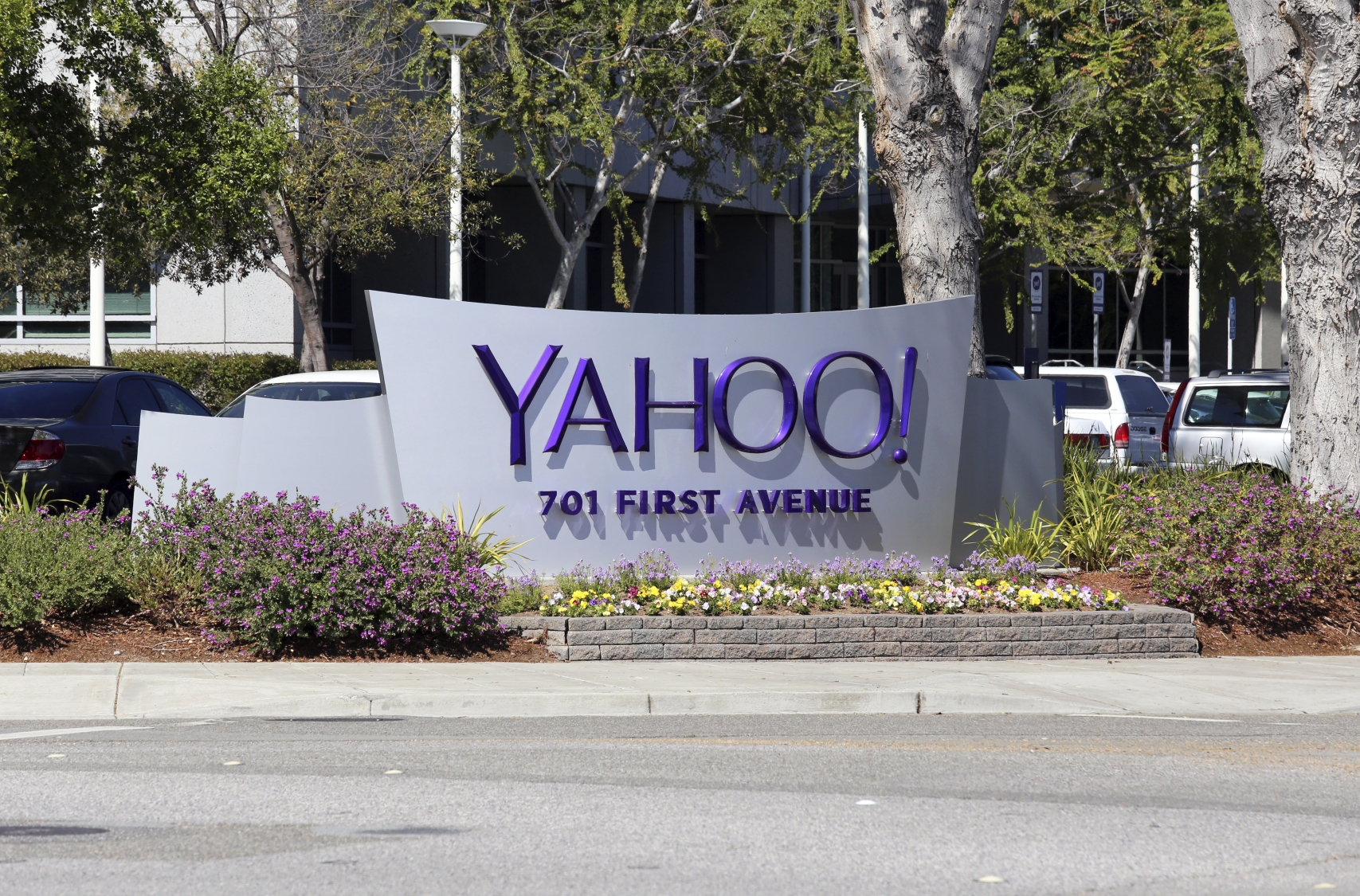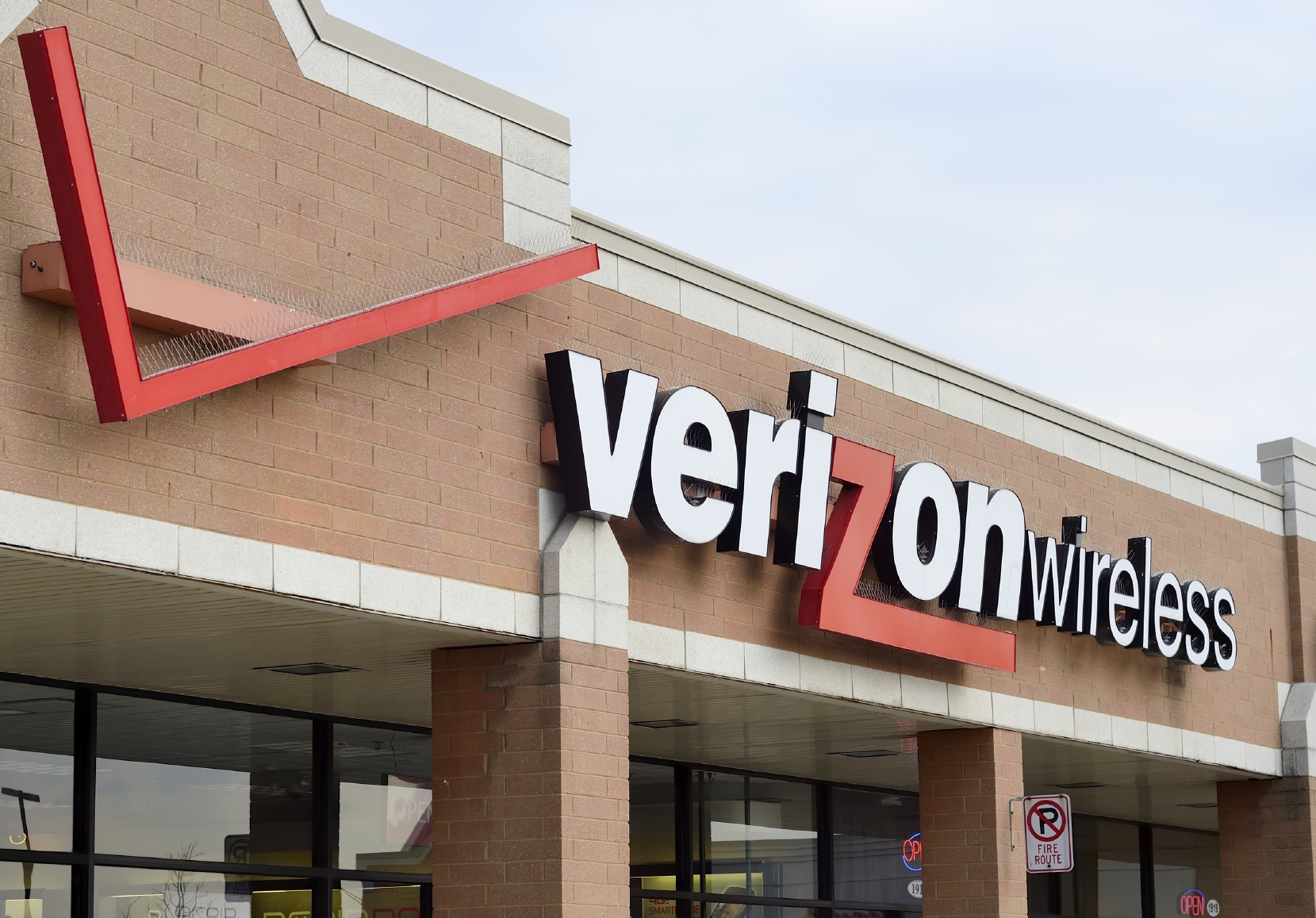What Happened
The OTT video space just got a bit more crowded, with Comcast and Verizon both launching their video streaming platforms this week. First announced in mid-August, Comcast’s Watchable officially launched on Tuesday with 30 content partners, including Buzzfeed, Disney’s Maker Studios, Vice, and Vox, and is available on set-top boxes for Comcast customers, as well as mobile apps and online for anyone in the U.S.
Similarly, after teasing it for two months since late July, Verizon will officially open its video streaming service Go90 to the public on Thursday. Unlike Watchable, Go90 will only be available on mobile apps. But it is also ad-supported, and free to use for all mobile users in the States, regardless of carrier. Content-wise, Go90 includes a mixture of traditional TV content provided by partners such as Discovery and Viacom, live sports such as college football games, as well as some original digital shorts commonly seen on YouTube.
What Brands Need To Do
Since both services are ad-supported, brands, especially those seeking millennials, can reach their target audience with video ads that are usually not buyable on subscription-based streaming services. In comparison, Watchable seems to have an edge over Go90 in content, which is supplied by a batch of digital publishers popular among millennials. But with the support of AOL’s ad tech, which Verizon acquired earlier this year, Go90 could offer brands better targeting and customization for their ads. It remains to be seen whether these two new services will be able to draw an audience sizable enough to warrant ad buying. Nevertheless, brands of all types would be smart to stay mindful of the ongoing changes in the digital video space and adjust their ad buying strategy accordingly.







